Discover the fascinating progression of game concept art vs final product, from conceptual illustrations to interactive reality. This blog explores the creative and technical processes that bring virtual worlds to life, diving into how artistic vision meets practical constraints to create the immersive gaming experiences we enjoy.
Game development is a complex and diversified process that transforms artistic concept into interactive experiences. One of the most stimulating experiences in this process is from game concept art to the final product we see as players. This evolution tells a lot about game development’s creative and technological obstacles, illustrating the delicate balance between artistic ambition and practical implementation.
Concept art acts as a visual template for the entire game art development process. It is where concepts take their preliminary visual form, establishing the game’s aesthetic direction and emotional tone. During this visionary stage, artists can consider possibilities without immediate technical restraints.
The artists create visual representations of the game’s envisioned look and feel. These graphics provide valuable reference points to the production team, to assure everyone has a common understanding of the game’s visual style.
Character design is arguably one of the most important components of concept art. Artists methodically create character profiles that comprise not just basic features, but also clothes, accessories, and facial expressions that convey individuality. These designs serve to identify the digital personalities within the narrative framework.
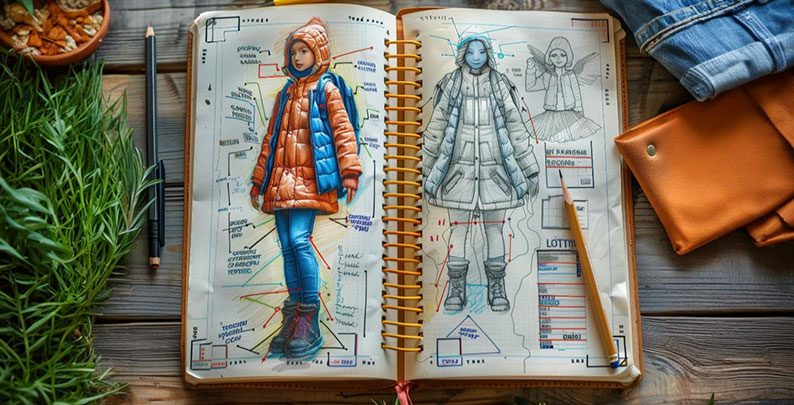
Before a character says a word or performs an action in-game, their visual design can reveal a lot about their personality and role. The minute details—from the corrosion on armor to the expression lines on a face—help to make a compelling story.
Environmental concept art defines the spaces that gamers will occupy. These drawings create landscapes, architecture, and atmospheric settings to establish the scene for gaming. Environmental designs might vary significantly depending on the game type and narrative requirements.
For example, in a high fantasy setting, concept artists might design lush, enchanted forests overflowing with magical flora and fauna, as well as ancient, mysterious architecture. These illustrations would include mystical lighting to heighten the sense of surprise and mystery. The color palette may favor rich, saturated jewel tones to emphasize concepts of magic and energy, while strategically placed luminous features may direct players to significant passageways or interactive objects.
Prop design may appear less glamorous than character or environment design, yet these artifacts are critical for building realistic, dynamic environments. Props, which range from weaponry and vehicles to simple items such as books or furniture, help to enrich the game world with dynamic aspects that improve immersion.
Concept artists must evaluate how these things integrate with the game’s style while also serving certain gameplay or narrative objectives. The design of these artifacts frequently reflects the overall world-building, with their appearance revealing information about the game’s cultural aesthetics or historical time.
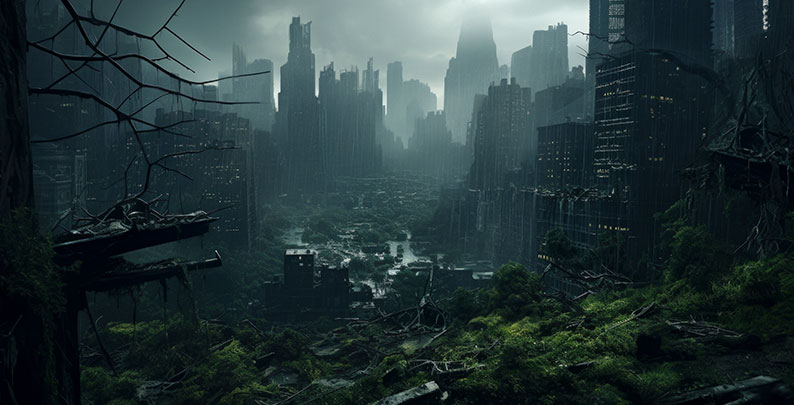
For instance, in a post-apocalyptic setting, concept artists might create desolate cityscapes with nature reclaiming urban environments. These illustrations would feature strategic lighting that enhances the mood of isolation or danger. The color palette might favor desaturated tones to reinforce themes of decay, while occasional splashes of vibrant color could highlight important narrative elements or gameplay objects.
These illustrations provide a visual framework informing developers about the game world’s intended look and feel. Concept artists would create variations of ruined structures and character designs to reflect survival themes.
Production design represents the critical bridge where artistic concepts begin their transformation into the actual buildable assets that will appear in the final game. This concept art to game asset comparison highlights how initial sketches evolve into fully realized models, textures, and animations that define the game’s visual identity.
1. Transforming Vision into Technical Reality
Production design is the process of transforming concept art into tangible components for the game. This phase focuses on transforming artistic concepts into functional models, textures, animations, and gaming mechanisms. It guarantees that all visual components are consistent with technical specifications and narrative coherence.
This transformation entails striking a balance between creative integrity and technical viability. They collaborate between these two worlds, finding creative solutions to implement artistic visions within technical frameworks.
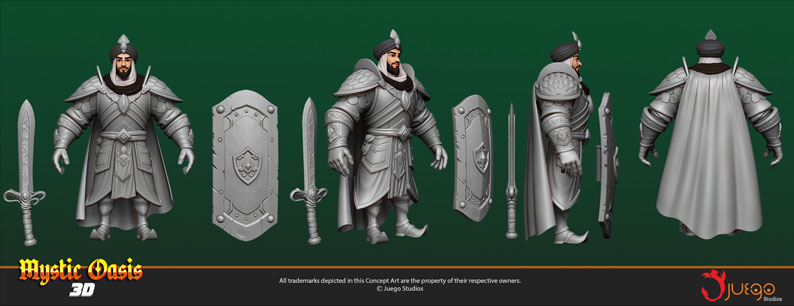
3D modeling converts flat concept sketches into dimensional digital objects. This technique necessitates technical precision while preserving the spirit of the original idea drawings. Modelers must consider both aesthetics and technical limits, such as polygon counts and performance implications.
The modeling process frequently involves numerous revisions as artists strive to capture the essence of concept pieces while modifying them to fit within gaming engines. Complex designs might require simplification or inventive problem-solving to maintain visual impact without overburdening system resources.
Texturing adds surface detail and material properties to 3D models. This crucial step can dramatically enhance the visual fidelity of game assets, making them appear worn, weathered, metallic, organic, or whatever quality the game world requires. Texture artists must understand both material properties and efficient technical implementation.
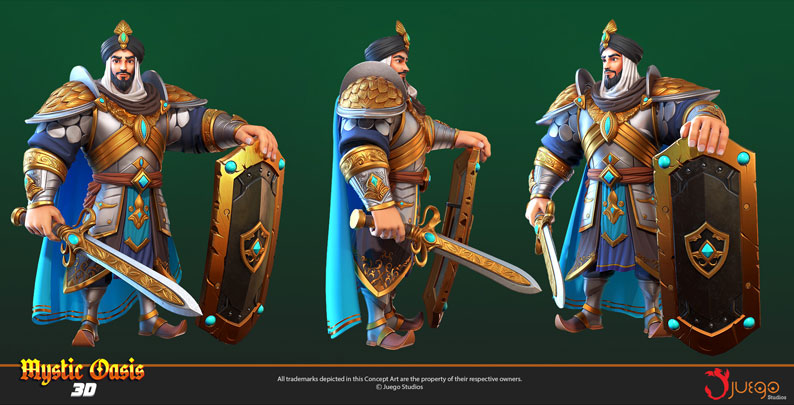
Modern texturing operations frequently involves creating several texture maps that control many aspects of a surface’s appearance, including base color, reflectivity, roughness, and even simulated depth via normal mapping. These techniques provide impressive visual detail without requiring an excessive number of polygons.
Animation breathes life into static models. Character animators create everything from basic movement cycles to complex emotional performances. Environmental animators might develop systems for ambient movement like swaying vegetation or flowing water. These movements contribute significantly to the immersive quality of the final game.
The animation process involves both artistic and technical challenges. Animators must create believable movement while working within the constraints of game engines that need to calculate these movements in real-time. The rigging process—creating the underlying skeletal structure that allows for animation—requires careful planning to enable the range of movements needed while maintaining performance efficiency.
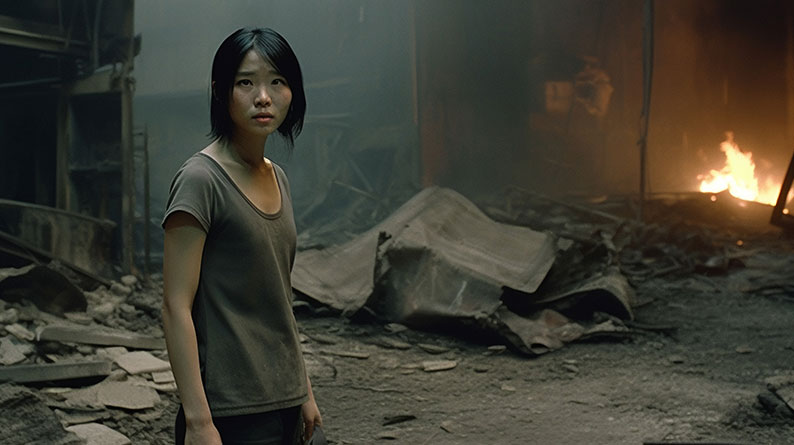
Using the earlier post-apocalyptic example, production designers would take character concepts—such as a rugged survivor—and create detailed 3D models with textures for clothing, facial animations, and rigging for movement. This process involves collaboration between artists and developers to ensure characters look good and function well in gameplay.
| Aspect | Concept Art | Final Product |
| Purpose | Visual exploration and idea generation | Implementation of ideas into playable format |
| Focus | Aesthetic direction and mood setting | Technical feasibility and gameplay functionality |
| Output | Illustrations and sketches | 3D models, animations, and interactive elements |
| Collaboration | Primarily involves concept artists | Involves cross-disciplinary teams (artists, developers) |
One of the most recurring issues in the development of games is the disparity between concept art and what can be accomplished in the finished product. Technical limits, such as hardware capabilities and engine constraints, may compel changes to the initial design.
For instance, a concept artist might envision a vast, seamless landscape with thousands of unique elements. In practice, this might need to be simplified to maintain acceptable performance. Similarly, highly detailed character designs might require optimization to function properly within gameplay scenarios.
Aside from technical limits, financial and time constraints are quite real in game production. The shift from concept to final product frequently necessitates complex resource allocation considerations. These limits may result in prioritizing certain components while simplifying others.
Ambitious concept art is sometimes used as an aspirational objective rather than an exact plan. Development teams must constantly assess which features of the concept art are most important to keep and which may be modified without jeopardizing the core experience.
Effective coordination among concept artists, production designers, programmers, and other team members is critical to successful implementation. Clear communication regarding priorities, technical requirements, and artistic intent helps to reduce disparities between concept and finished output.
Modern game development workflows frequently require continual collaboration among several disciplines, with concept art growing alongside technological implementation. This iterative method helps to bridge the gap between concept and reality, allowing for changes as technological difficulties or opportunities arise.
Mirror’s Edge shows exceptional fidelity between concept art and finished product. Its unusual color palette—clean whites accentuated by vivid primary colors—was retained throughout development, resulting in a distinct visual identity. The game’s minimalist aesthetic served as both an artistic and functional answer, allowing for smooth execution while preserving visual impact.
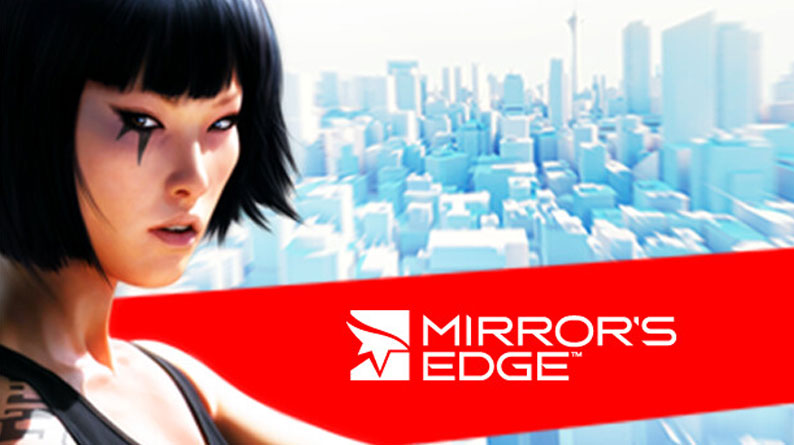
The game’s emphasis on fluid parkour movement was carefully developed to match the dynamic poses featured in concept art. This attention to movement quality helped deliver on the promise shown in early concept pieces, creating an experience that felt authentic to the original vision.
Insomniac’s Spider-Man showcases how modern technology can close the gap between concept and final product. The character designs respectfully incorporated Spider-Man‘s iconic look while adding original elements that worked within the game’s narrative.
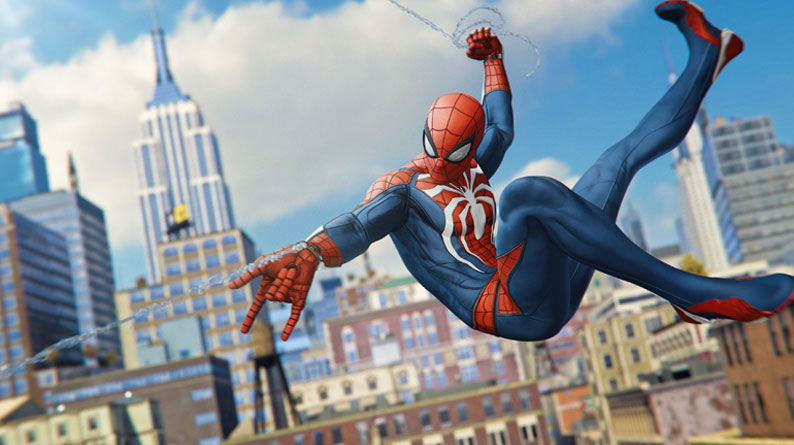
Perhaps most impressively, the game’s web-swinging physics and animations reflected the openness and fluidity described in concept art. The technical implementation of movement algorithms was deliberately designed to match the dynamic nature of early artwork, resulting in a seamless connection between artistic concept and gameplay experience.
Life Is Strange displays how an artistic style may be efficiently maintained from inception to completion. The game’s unusual watercolor-inspired visuals add a dreamy aspect to its emotive tale. This style approach was also practical since it allowed for visually appealing surroundings without the need for photorealistic detail.
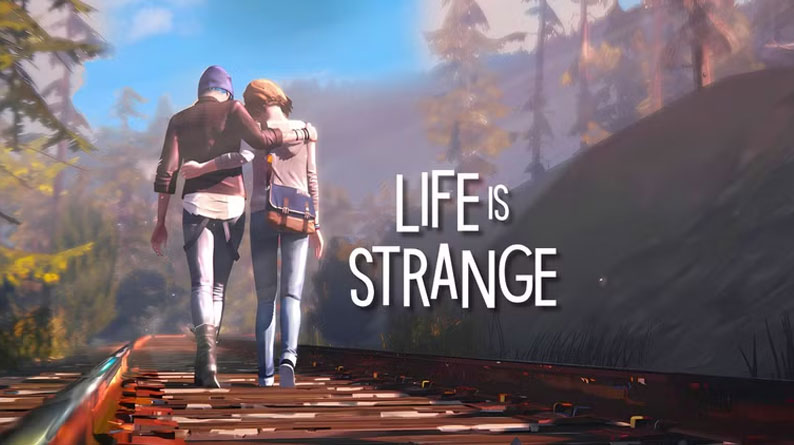
The emotional depth conveyed in the concept art successfully translated to the final game through a combination of visual design, animation, and narrative techniques. The consistency between concept and implementation helped create a cohesive experience where artistic elements reinforced the game’s themes and emotional impact.
Emerging technologies continue to narrow the gap between game concept art and final products. Advancements in real-time rendering, procedural generation, and hardware capabilities allow for increasingly faithful implementations of artistic visions.
Ray tracing tools allow for more realistic lighting that captures the ambient elements that are frequently shown in concept drawings. Similarly, advances in animation technology and character rendering enable more nuanced performances that are consistent with the emotional aspects depicted in concept illustrations. This evolution highlights the concept art to game asset comparison, showcasing how initial artistic visions are transformed into fully realized in-game elements.
As gaming progresses, players’ expectations for graphic fidelity rise. This presents both obstacles and opportunity for developers looking to efficiently adapt concept art. Meeting these expectations frequently necessitates novel ways that strike a compromise between visual quality and performance requirements.
The industry’s rising recognition of art direction as a critical component of game design has increased the importance of preserving artistic integrity throughout production. Many developers increasingly prioritize consistent visual identity, realizing that unique art direction may set their games apart in a crowded market.
Juego Studios’ experienced game art team smoothly turns your ideas into polished interactive reality. Our concept artists, 3D modelers, texture artists, and animators collaborate to ensure that your game’s visual identity remains consistent throughout development. With an established pipeline that has provided consistent results across genres from indie to AAA, we use cutting-edge tools to reduce compromises between artistic concept and technical implementation. Our professional game concept art services ensure that we collaborate with you at every level to produce fascinating game art that brings your unique world to life, whether you’re developing a fresh art direction or turning old designs into playable assets.
The game art evolution from concept art to final product represents one of game development’s most fascinating journeys. This process reveals the delicate balance between artistic ambition and technical reality, showcasing both the challenges and creative opportunities inherent in interactive media.
When effective, this transition results in games that deliver on their visual promises while still providing engaging interactive experiences. The best memorable games frequently accomplish a harmonious blend of concept and implementation, with technical solutions serving artistic visions rather than limiting them.
As technology and development techniques progress, we should expect more accurate translations of concept art into playable experiences. This continual confluence of artistic vision and technical capabilities pushes the frontiers of what is possible in game art, resulting in richer and more immersive worlds for players to discover.
Concept art is the creative blueprint for a game, focusing on visualizing characters, environments, and props to establish the artistic direction. It’s often in the form of sketches or digital paintings. The final product, however, is the fully developed and interactive version of these ideas, including 3D models, textures, animations, and gameplay mechanics. While concept art prioritizes creativity and mood-setting, the final product emphasizes functionality and player experience.
Juego Studios excels in both stages, offering professional game concept art services and full-cycle game development to ensure that the initial vision translates seamlessly into immersive gameplay.
This process ensures that every stage contributes to a cohesive and engaging game experience.
The creation of 3D model concept art involves designing assets with depth and perspective to guide 3D modeling. Artists create multiple views to ensure accuracy during production. In contrast, 2D game art focuses on flat visuals like sprites or backgrounds directly used in games without further modeling.
While 3D concepts emphasize structure for eventual interactivity, 2D art prioritizes stylization and immediate usability. Juego Studios specializes in both styles, offering tailored solutions for games requiring detailed 3D assets or visually stunning 2D designs.
The transition from concept art to final product in game development presents several significant challenges:
Addressing these challenges requires careful planning and collaboration among developers.
The duration of game art before and after development varies significantly based on project scope and complexity:
The journey of character designs from concept to final product is a multi-stage process: